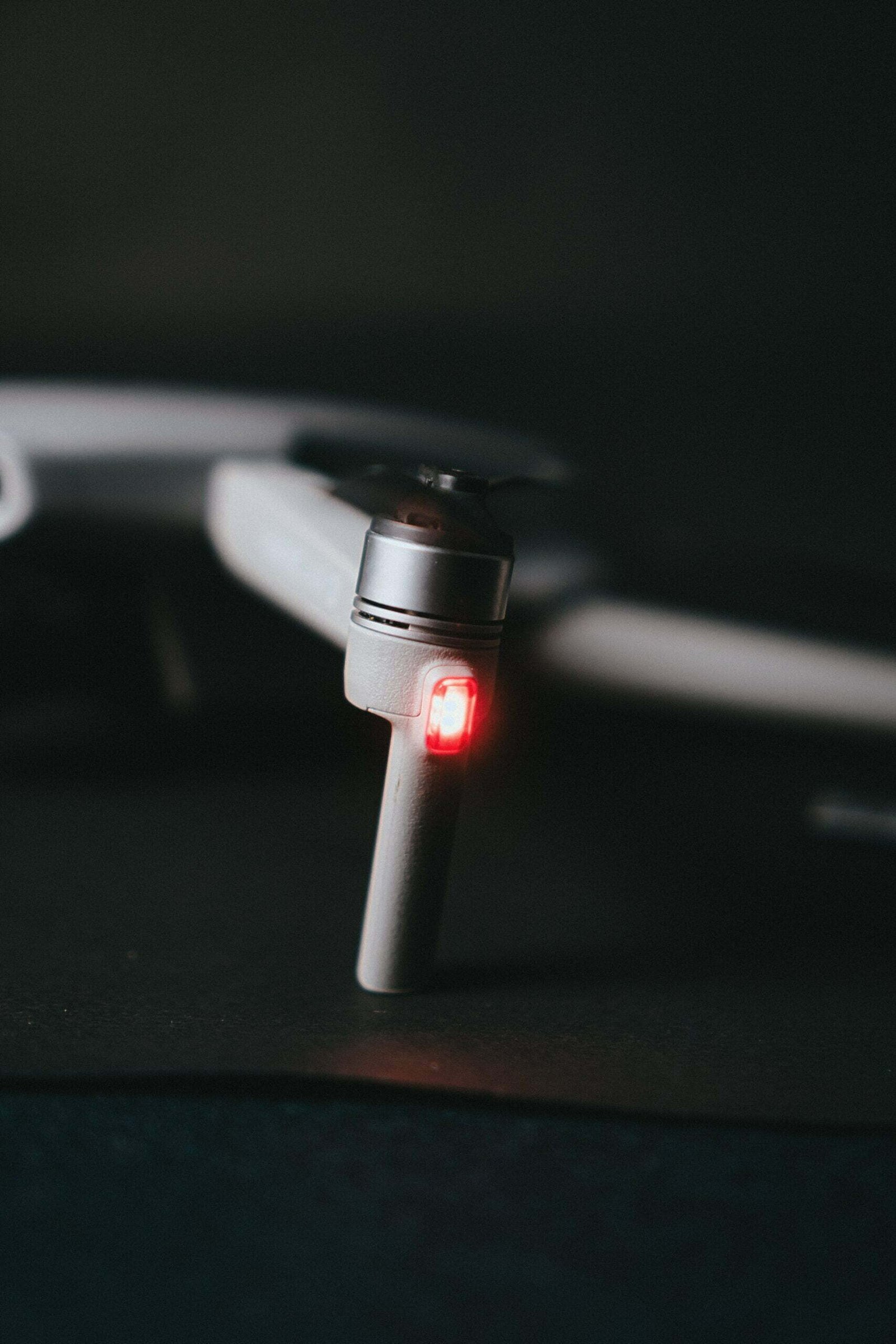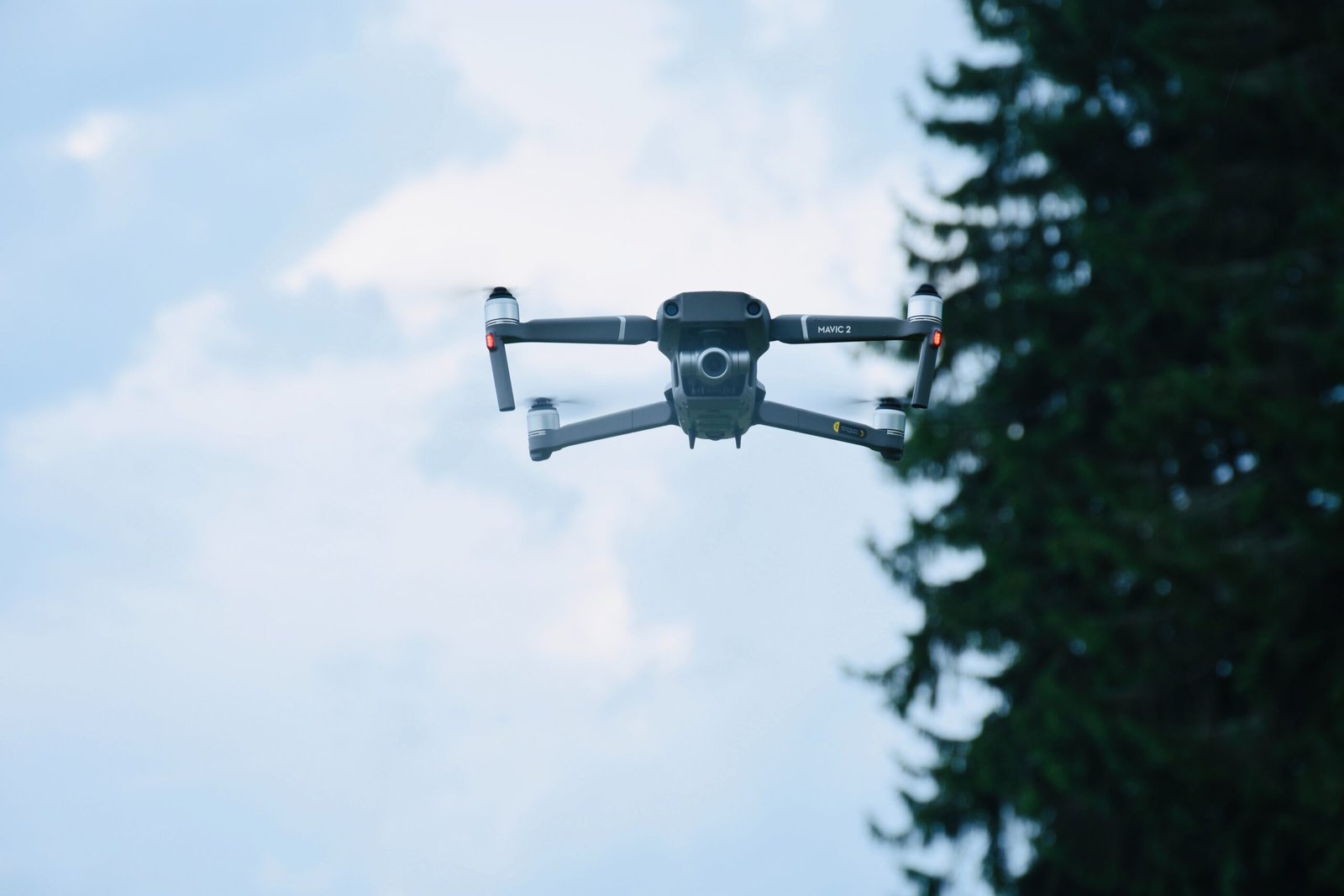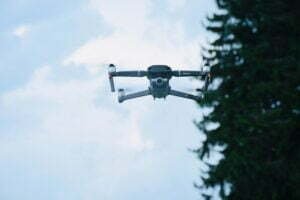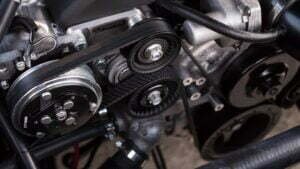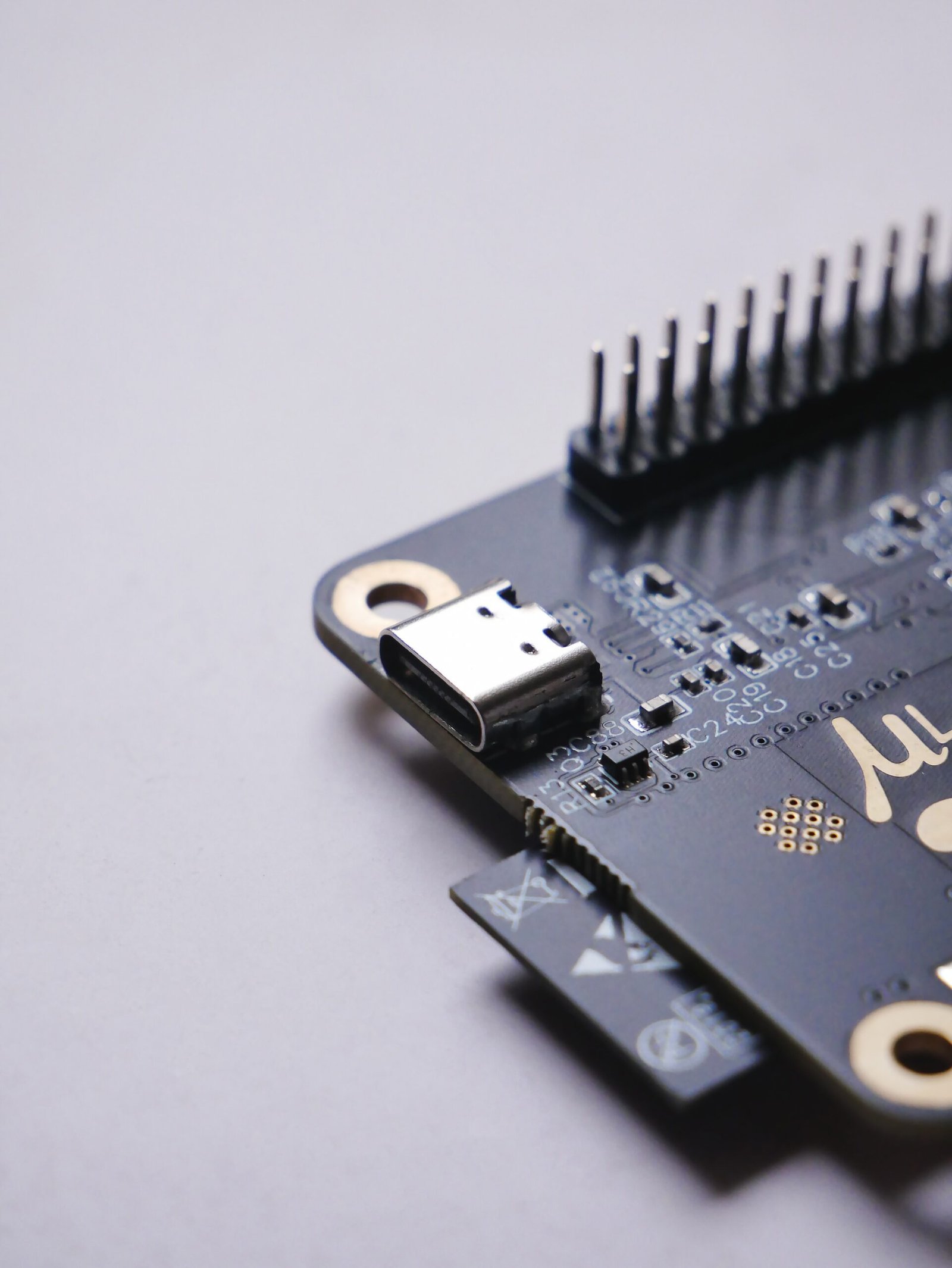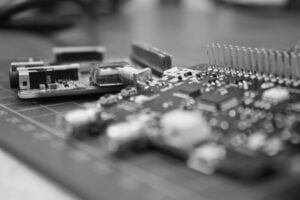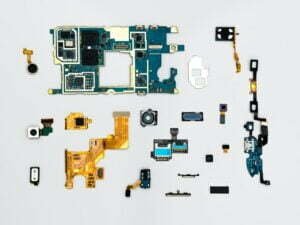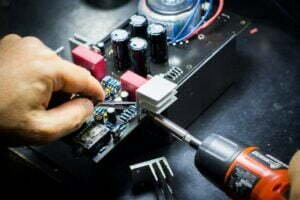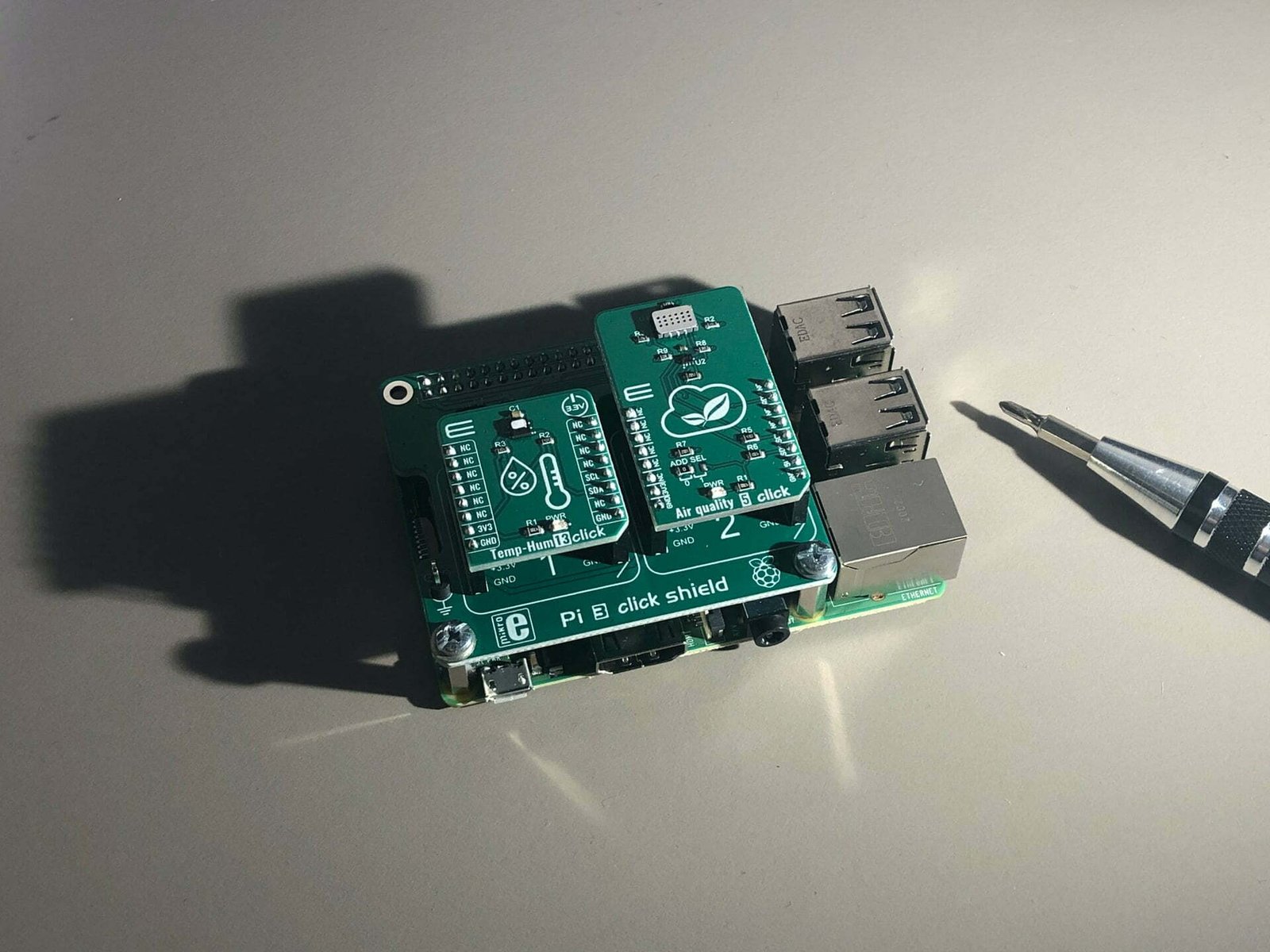Have you ever heard about the Internet of Things or IOT? This is a very advanced technology, which we are going to use in our daily life very soon.
I want to ask you a question: who grows vegetables in your house? The answer is probably you or any of your family members. How would you feel if I were to tell you why not your fridge automatically checks the availability of vegetables and places the order for the vegetables themselves. Isn’t this a wonderful technology?
I am going to tell you today about this on the bus, how the Internet of Things is going to make our life even easier.
Internet of Things is such a concept with the help of which all our work will go in automatic mode. We don’t have to worry about them in any way. With this we do not need to reduce our daily life.
So that’s why today I thought about why you guys will know in detail about what the Internet of Things is today and how we can use it in our work.

Then what is the delay, let’s start and know what this Internet of Things is and complete information about it.
What is the Internet of Things (IoT)?
The full form of IoT is Internet of Things (IoT). This is a concept that tells how it would be if all the physical objects of the world which are brought into daily use.
If connected to the internet then. In this Internet of Things, this multitude of connected devices can distinguish each other which are associated with the web.
If I say this in easy language, then it is a concept in which all the devices which run on or off switch should be connected with the Internet, or they can be connected with each other.
These devices incorporate all the day by day use things, for example, phones, coffee makers, products, clothes washers, earphones, lights, every single wearable gadget and all the other things you can imagine.
Characteristics of IoT
If we talk about the working principle of Internet of Things, then we can mainly divide it into 5 parts which are as follows
Sensors
There are different types of sensors which are used according to the application. For example, if we want to find out the moisture content of the soil, then for this we use a Humidity sensor. If we want to find out the temperature of the atmosphere, then for this we use a temperature sensor. If we want to detect the movement of any object or animal, then we use a Motion Sensor for that. If we want to detect the pollution present in the air, then we use an air pollution sensor. Similarly there are many other sensors available such as fire sensor, water sensor, proximity sensor etc.
The main function of the sensor is the collection of physical data from the place where it is used. It converts the received physical data into electrical signals and sends it to the controller or device.
Hardware Device and Controller
It is a complete unit in which the controller is installed. The controller processes the data received by the sensor and converts it into information. And also makes it ready to transmit.
Transmitter
The function of the transmitter is to transmit the information received from the device.
Different network protocols are used to transmit information such as information can also be transmitted through the Internet can also be transmitted through calls and s.m.s. also by.
Receiver
The main function of the receiver is to receive the information coming from the transmitter.
Receiver after receiving the information makes it available to the display device and other devices to be used.
Display Device
The function of the device is to show the information received from the receiver to the user. The display device can be computer, mobile or other.
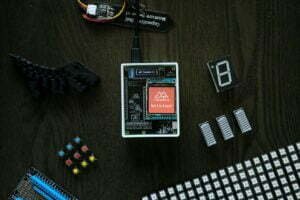
In this way the physical data received by the sensor can be made available to the user through the network in any corner of the world so that he can analyze and control the data.
How IoT Changes the future:
Presently, most of your questions of how the Internet of Things can change the future has been replied. It is surprising that utilizing the assistance of IoT, shrewd urban areas and brilliant home tasks can likewise be developed. Likewise, teaming up in a wide manner in the medical services industry can make things simpler for both medical services suppliers and citizens. The entire world will go through a major change in all areas sooner rather than later with the assistance of IoT. Thus, the response to how the Internet of Things can change what’s to come is complex.
However, each of this accompanies a cost. IoT might hamper your security and hazard your information. Availability and hacking are in total agreement and can happen at the same time. It is your duty to act capably over the Internet and save your information from malicious attack. Despite the fact that IoT is a significant gift for all, still, if we don’t watch out, it can end up being a threat.
Henceforth, to finish up, how might the Internet of Things change the future has ceaseless answers that will change consistently. It has the ability to change our future in a larger number of ways than we can basically imagine.
Why do we need the Internet of Things?
Here I am going to tell you about its usefulness of IoT’s –
- Provides the best possible feedback for your physical and mental health.
- Provides the best possible resource allocation in real-time monitoring.
- Gives the most ideal decision making in Mobility Patterns.
- With this, it provides the best possible connection to the local providers who have global potential.
What are the Threats and Challenges of IoT
It is clearly visible to us as well that technology is progressing very soon. In such a situation, if it is not controlled at the right time, then it can bring big problems for us in future.
More than 7 billion devices are still not safe and the manufacturers will have to secure it before 2020. From this the seriousness of this matter can be estimated.
For example, IoT botnets, which were designed to manage networks. But these have not been updated over time, due to which many big websites and services went offline in 2016. As a result people had to face many difficulties.
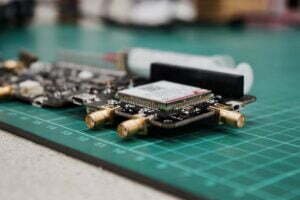
All things that are connected to the internet can be hacked, so IoT is also included in this. You must have seen many such scenes in movies where hackers hack many sites online.
If everything will be linked online then there are many chances of having many privacy issues. In the future, intelligence services can use this internet of things for identification, surveillance, monitoring, location tracking, and recruitment targeting and also to gain access over networks.
Summary
Assuming I talk about the Internet of Things, then, at that point, it is a heap of gadgets – from straightforward sensors to cell phones and wearables – when everything is associated together.
Through IoT, now devices can also talk among themselves and can do many of our tasks. IoT is a very large network connected to “things” (which includes people).
Here there can be a connection between people to people, human things, and things-things since all are associated with one another in a similar organization. There are many such organizations which are utilizing a great deal of IoT, AI and machine learning. Such a time does not come that we have to completely depend on IoT as well.
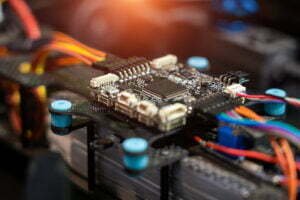
![]()


